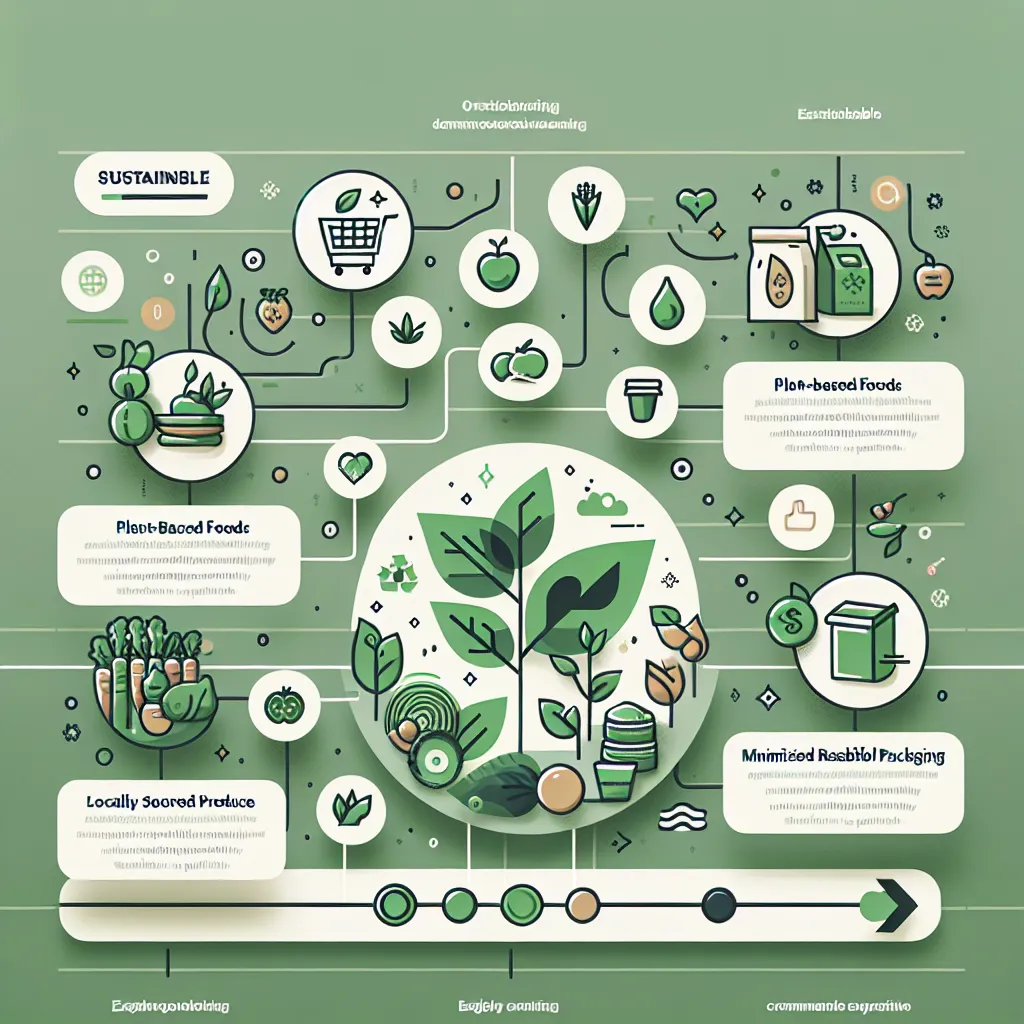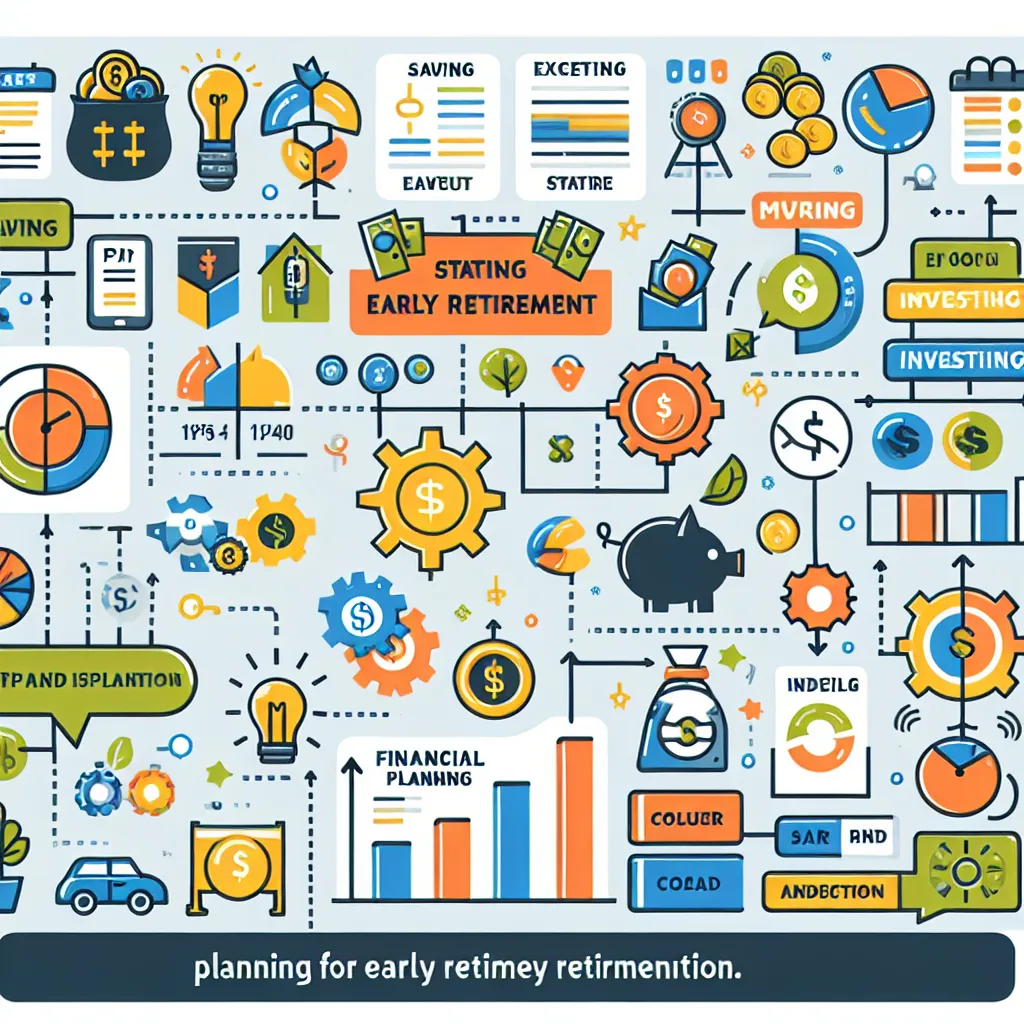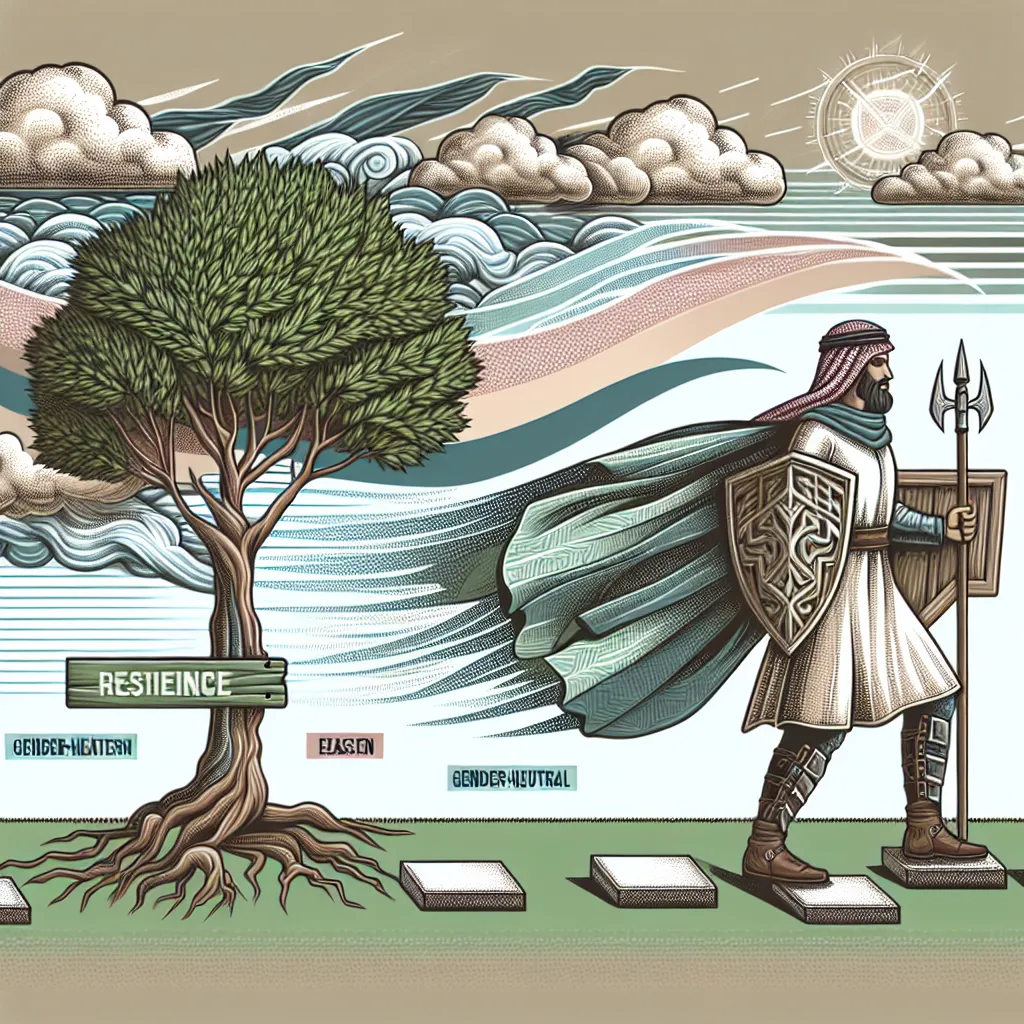The IELTS Reading section is a crucial component of the test, requiring candidates to demonstrate their ability to understand complex texts and answer questions accurately. One topic that has gained significant attention in recent years is sustainable meal planning. This subject has appeared in various forms in past IELTS exams and is likely to continue being relevant due to growing global concerns about environmental sustainability and health.
Nội dung bài viết
In this practice session, we’ll explore a reading passage on creating a sustainable meal plan, mirroring the format and difficulty level you might encounter in an actual IELTS test. This topic not only tests your reading comprehension skills but also exposes you to valuable knowledge about nutrition and environmental consciousness.
Reading Passage
Sustainable Meal Planning: Nourishing Your Body and the Planet
In an era where environmental concerns are at the forefront of global discussions, the concept of sustainable meal planning has gained significant traction. This approach to food consumption not only benefits individual health but also contributes to the well-being of the planet. Sustainable meal planning involves making conscious choices about what we eat, how our food is produced, and how it reaches our tables.
At its core, a sustainable meal plan prioritizes plant-based foods, reduces meat consumption, and emphasizes locally sourced, seasonal produce. This shift in dietary habits can significantly decrease an individual’s carbon footprint. Plant-based diets require less land, water, and energy to produce than meat-heavy diets. Moreover, choosing locally grown fruits and vegetables reduces the transportation emissions associated with importing food from distant locations.
Another key aspect of sustainable meal planning is reducing food waste. The United Nations estimates that approximately one-third of all food produced globally is wasted. By planning meals carefully, buying only what is needed, and utilizing leftovers creatively, individuals can play a part in mitigating this global issue. Composting inedible food scraps further reduces waste and provides nutrient-rich soil for gardening.
Incorporating variety into a sustainable meal plan is crucial for both nutritional adequacy and environmental diversity. A diverse diet supports biodiversity in agriculture, encouraging farmers to grow a wider range of crops. This agricultural diversity is vital for maintaining ecosystem balance and resilience against pests and diseases.
Water conservation is another important consideration in sustainable meal planning. Choosing foods that require less water to produce, such as lentils and beans instead of beef, can significantly reduce water consumption. Additionally, cooking methods that use less water, like steaming or roasting, can further minimize water usage in meal preparation.
Sustainable meal planning also extends to food packaging and storage. Opting for products with minimal or recyclable packaging, using reusable containers for storage and transportation of meals, and avoiding single-use plastics all contribute to reducing waste and environmental impact.
While the concept of sustainable meal planning may seem daunting at first, it can be implemented gradually. Starting with small changes, such as incorporating one or two meatless meals per week or choosing locally sourced produce when available, can make a significant difference over time. As individuals become more comfortable with these practices, they can expand their efforts to create more comprehensive sustainable meal plans.
Education plays a crucial role in promoting sustainable meal planning. Understanding the environmental impact of different foods, learning about seasonal produce, and developing skills in meal preparation and food preservation can empower individuals to make more sustainable choices. Many communities now offer workshops, cooking classes, and resources focused on sustainable eating practices.
In conclusion, sustainable meal planning is a powerful tool for individuals to contribute to environmental conservation while also improving their personal health. By making mindful choices about the foods we consume and how we prepare them, we can nourish our bodies while also protecting the planet for future generations. As this approach to eating continues to gain popularity, it is likely to become an increasingly important aspect of global efforts to combat climate change and promote environmental sustainability.
 Sustainable Meal Plan Infographic
Sustainable Meal Plan Infographic
Questions
True/False/Not Given
For questions 1-5, read the following statements and decide if they are True, False, or Not Given based on the information in the passage.
- Sustainable meal planning focuses solely on individual health benefits.
- Plant-based diets require more resources to produce than meat-heavy diets.
- The United Nations estimates that one-third of globally produced food is wasted.
- Sustainable meal planning always requires an immediate and complete overhaul of one’s diet.
- Education about sustainable eating practices is becoming more widely available in communities.
Multiple Choice
Choose the correct letter, A, B, C, or D for questions 6-10.
-
According to the passage, which of the following is NOT mentioned as a key aspect of sustainable meal planning?
A) Reducing meat consumption
B) Choosing organic produce
C) Prioritizing plant-based foods
D) Emphasizing locally sourced food -
What does the passage suggest about the relationship between sustainable meal planning and biodiversity?
A) Sustainable meal planning has no effect on biodiversity
B) A diverse diet supports agricultural biodiversity
C) Biodiversity is only important for large-scale farming
D) Sustainable meal planning reduces crop diversity -
Which of the following is mentioned as a way to conserve water in meal planning?
A) Eating more beef
B) Using disposable plates
C) Choosing foods like lentils and beans
D) Boiling all vegetables -
The passage suggests that implementing sustainable meal planning:
A) Is impossible for most people
B) Requires expensive equipment
C) Can be done gradually starting with small changes
D) Is only effective if done perfectly from the start -
According to the passage, sustainable meal planning is likely to:
A) Become less important in the future
B) Only benefit individual health
C) Be an increasingly important part of environmental efforts
D) Remain a niche practice among environmentalists
Matching Headings
Match the following headings to the correct paragraphs in the passage. Write the correct number (i-viii) next to questions 11-14.
i. The Global Impact of Food Waste
ii. Water Conservation in Meal Planning
iii. The Basics of Sustainable Eating
iv. Gradual Implementation of Sustainable Practices
v. The Role of Education in Sustainable Meal Planning
vi. Packaging Considerations in Sustainable Meals
vii. The Importance of Dietary Diversity
viii. Comparing Plant-Based and Meat-Heavy Diets
- Paragraph 3 _____
- Paragraph 4 _____
- Paragraph 5 _____
- Paragraph 8 _____
Answer Key
True/False/Not Given
- False – The passage states that sustainable meal planning benefits both individual health and the planet.
- False – The passage states that plant-based diets require less land, water, and energy to produce than meat-heavy diets.
- True – The passage directly states this information.
- False – The passage suggests that sustainable meal planning can be implemented gradually, starting with small changes.
- True – The passage mentions that many communities now offer workshops, cooking classes, and resources focused on sustainable eating practices.
Multiple Choice
- B – The passage does not specifically mention choosing organic produce as a key aspect of sustainable meal planning.
- B – The passage states that “A diverse diet supports biodiversity in agriculture, encouraging farmers to grow a wider range of crops.”
- C – The passage mentions choosing foods like lentils and beans instead of beef as a way to conserve water.
- C – The passage suggests that sustainable meal planning “can be implemented gradually” and that “Starting with small changes… can make a significant difference over time.”
- C – The conclusion states that sustainable meal planning “is likely to become an increasingly important aspect of global efforts to combat climate change and promote environmental sustainability.”
Matching Headings
- i – This paragraph discusses the UN estimate of global food waste.
- vii – This paragraph talks about the importance of incorporating variety into a sustainable meal plan for nutritional and environmental reasons.
- ii – This paragraph focuses on water conservation in relation to food choices and cooking methods.
- v – This paragraph discusses the crucial role of education in promoting sustainable meal planning.
Common Mistakes to Avoid
- Overlooking key words: In True/False/Not Given questions, pay close attention to qualifiers like “solely” or “always” which can change the meaning of a statement.
- Making assumptions: Avoid inferring information that isn’t explicitly stated in the passage, especially for Not Given answers.
- Falling for distractors: In Multiple Choice questions, be wary of options that sound plausible but aren’t supported by the text.
- Mismatching headings: When matching headings, ensure you understand the main idea of each paragraph, not just individual sentences.
Vocabulary Focus
- Sustainable: capable of being maintained at a steady level without exhausting natural resources or causing ecological damage
- Traction: the extent to which an idea, product, etc. gains popularity or acceptance
- Carbon footprint: the amount of carbon dioxide and other carbon compounds emitted due to the consumption of fossil fuels by a particular person, group, etc.
- Mitigating: reducing the severity, seriousness, or painfulness of something
- Biodiversity: the variety of plant and animal life in the world or in a particular habitat
- Resilience: the capacity to recover quickly from difficulties; toughness
Grammar Spotlight
Pay attention to the use of conditional sentences in the passage, such as:
“By planning meals carefully, buying only what is needed, and utilizing leftovers creatively, individuals can play a part in mitigating this global issue.”
This is an example of a zero conditional sentence, used to express a general truth or scientific fact. The structure is:
If/When + present simple, present simple
It’s commonly used in academic and scientific writing to describe cause and effect relationships.
Tips for IELTS Reading Success
- Practice active reading: Engage with the text by highlighting key points and making mental summaries as you read.
- Improve your time management: Allocate your time wisely between reading the passage and answering questions.
- Expand your vocabulary: Regularly learn new words and phrases related to common IELTS topics like environment, health, and technology.
- Develop your skimming and scanning skills: These techniques will help you quickly locate specific information in the text.
- Read widely: Expose yourself to various types of texts to improve your reading speed and comprehension.
Remember, consistent practice is key to improving your IELTS Reading score. Regularly attempt practice tests and analyze your mistakes to identify areas for improvement. For more tips on preparing for the IELTS exam, check out our article on creating a balanced study plan, which can help you manage your time effectively across all sections of the test.
By incorporating these strategies and continuously challenging yourself with diverse reading materials, you’ll be well-prepared to tackle any topic that appears in your IELTS Reading test, including complex subjects like sustainable meal planning.


